Tipping Etiquette: A Guide to Gratuity Without the Guilt
From fast-casual counters to hotel valets, here’s how to navigate tipping culture with confidence and kindness, according to an etiquette expert
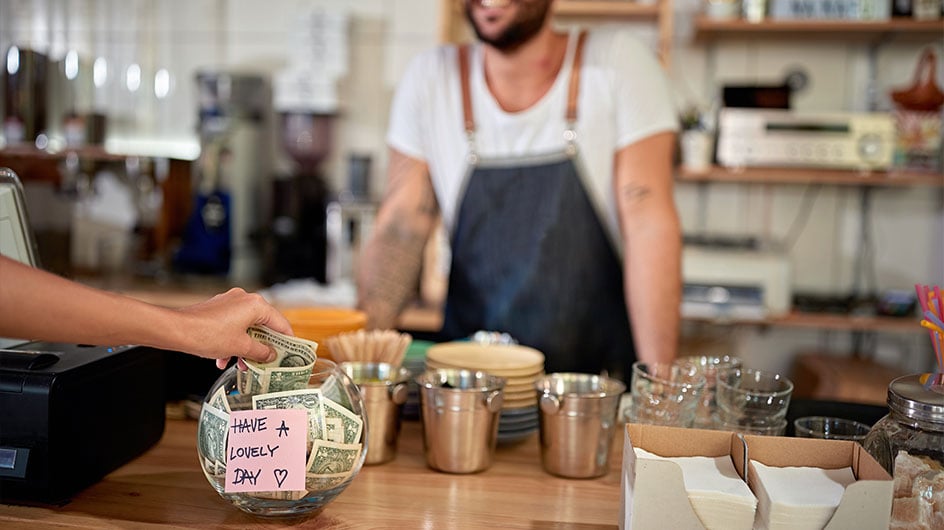

“Just the tip” might sound like a joke from the sitcom The Office, but it’s also the sometimes-awkward final step at nearly every checkout counter across America nowadays.
Tipping is increasingly seen as a customary rather than a discretionary practice in a growing number of businesses, creating confusion about how much to add as a gesture of appreciation for good service.
“Tipping has always been a way to show appreciation,” says Elaine Swann, etiquette expert and founder of The Swann School of Protocol in Carlsbad, California. “But let’s be honest—it’s gotten out of hand in some places. People are feeling more pressure to tip in situations where it wasn’t expected before, and that can create frustration.”
That said, tips are still the primary acknowledgment of a job well done, especially in industries where workers rely on them for a significant portion of their income.
“Tip where it counts, and don’t feel guilty where it doesn’t,” advises Swann.
We asked her to break down standard rates for common day-to-day scenarios, plus her thoughts on tipping at fast casual spots and when spending money abroad. Here are her recommendations.
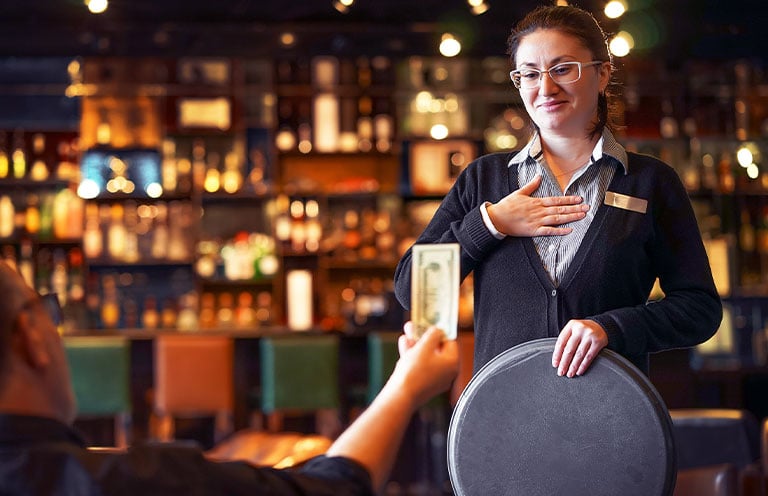
Where and what to tip
Restaurants
Tip 15 to 20 percent of the bill. If service was truly outstanding, you might even leave a little extra. “If gratuity is already included in the final bill,” Swann adds, “no need to double tip—unless you really want to.”
Food delivery services
Tipping 10 to 20 percent is standard, but Swann recommends leaving at least $5 minimum for smaller orders, which may take nearly as much time and effort to deliver. Also consider tipping more for remote deliveries and deliveries made in inclement weather.
Hotel bell staff
Give $2 to $5 per bag. “More if they go out of their way to help,” Swann adds.
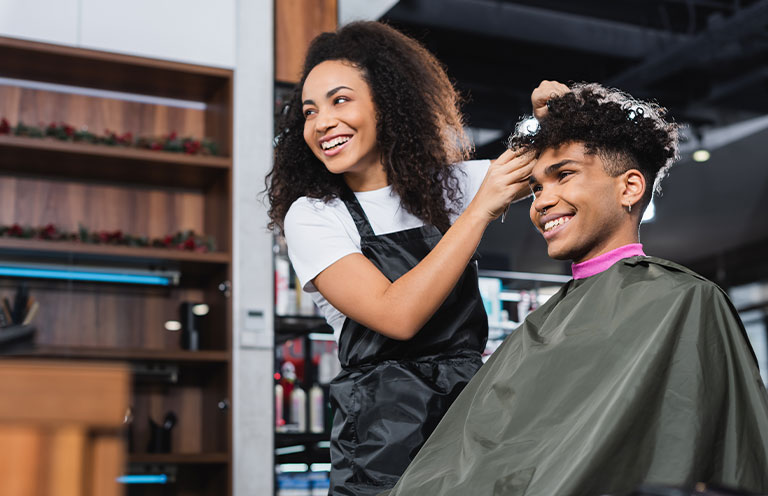
Hairstylists
The tipping standard is 15 to 25 percent. Swann says to err on the higher end “especially if you love your cut and want to build a good relationship.”
Valet
Tip $3 to $5 when the valet brings your car back. “If it’s pouring rain or freezing cold, be generous,” Swann advises.
Casino dealers
If you’re on a lucky streak, Swann says 5 percent of the winnings is standard, but a $5 chip “here and there” is typically appreciated.
Uber and Lyft drivers
Tip 10 to 20 percent is standard. Swann says you might want to increase that tip for longer rides “or if the driver goes above and beyond.”
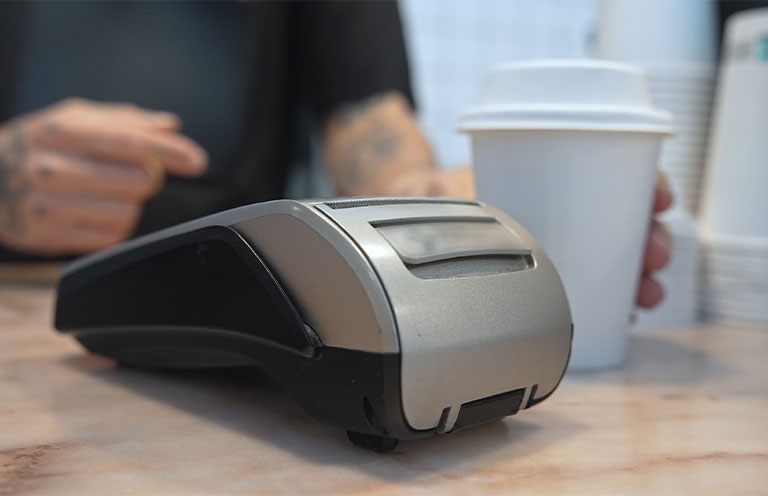
Fast-casual tipping etiquette
Whether you’re grabbing a coffee from Starbucks or a burrito from Chipotle, you’ve probably faced that uncomfortable moment: the screen flips, the list of suggested tips appears on the touchscreen, and you suddenly feel pressured to reward someone for simply handing over your order.
“You’re not obligated to tip for counter service,” Swann says. “But if someone is making you a custom drink, taking extra care with your order, or providing great service, a $1 to $2 tip is a nice gesture.”
The key here, she emphasizes, is intention over obligation.
“Tip because you want to,” she says, “not because a screen is making you feel guilty.”
Tipping customs while abroad
While tipping culture is ingrained in the dining and service experience in the US, tipping abroad tends to look quite different.
“Tipping is just not the same in Europe as it is here in the US,” explains Swann. “In many countries, service workers are paid higher wages, so tipping is more of a bonus than a necessity.”
Because of this, tourists visiting the US may be startled by the added expense. If you’re ever on the receiving end of their confusion, try to respond with patience—and a bit of friendly education—about how tipping here isn’t just customary; it’s often essential for making a living.
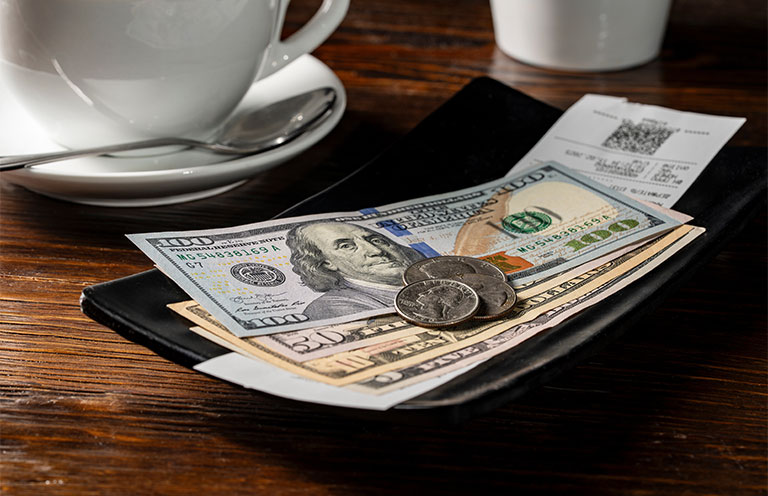
To tip or not to tip
While Swann’s guidelines offer a helpful starting point for knowing when to tip, it’s worth remembering that tipping is never mandatory. That said, when someone goes out of their way to offer warm, attentive service—or simply makes your day a little easier—leaving a tip can be a small act of kindness with a big impact.
Put yourself in their shoes: For many service workers, those extra dollars aren’t just a bonus—they’re a vital part of making ends meet. A little generosity can go a long way, and often, it’s kindness that keeps the whole system running.
